Picture, if you will, Los Angeles as it is today: a sprawling, populous city of about 4 million people. A world center of international business, media and trade. A city of economic and cultural extremes, from the glittering alternate worlds of celebrities, to the dense concrete jungles on the fringes of society, and to everything else in between.
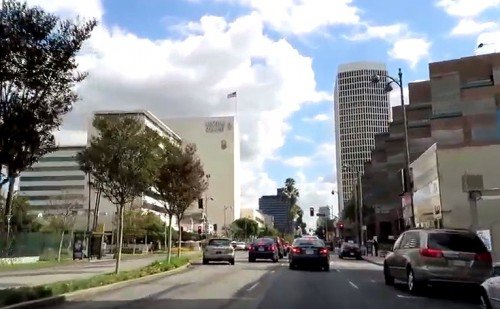
Visualize yourself standing in the center of urban Los Angeles, surrounded by high-rise buildings, broad paved streets, cars, buses and trucks, and people hurrying along their busy ways. Now pause for a moment to see life as you know it, come to a screeching halt. You glance about you, and to your astonishment, everything slowly vanishes: the buildings, the roads, the sidewalks, the cars, and every single person passing along the way: all GONE.
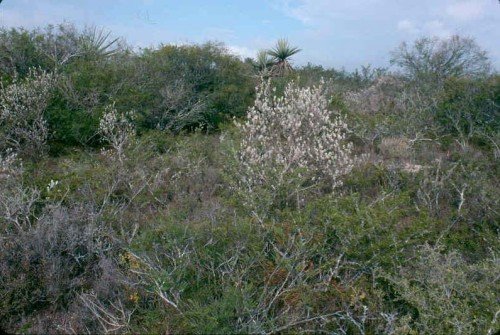
In its stead is scrubby land and wildlife as far as the eye can see. Close by is what appears to be a watering hole or small lake with natural asphalt bubbling up from the ground. Part of it is covered with dust, leaves and water.
The cries of an American mastodon get your attention. It is a young male stuck in the lake’s tar. He became trapped when he went for a drink of water and ventured a little too deep.
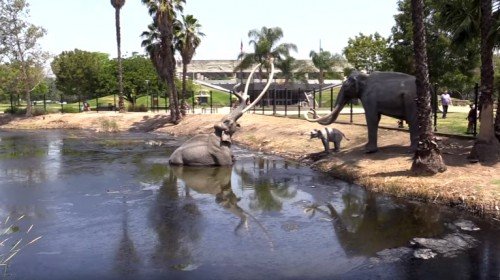
But yours isn’t all the attention he’s garnered. A saber-toothed cat has also heard his cries and now pounces upon the hapless giant.
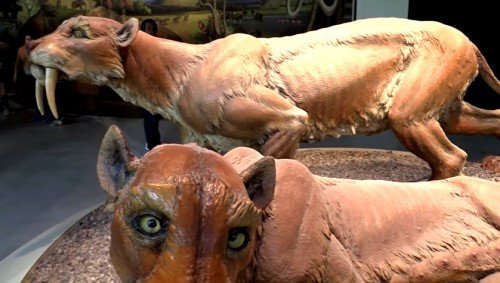
Startled, you want to run, but step into a patch of sticky tar. Luckily you are able to withdraw your foot and move away. But something else catches your eye: the carcass of a dire wolf.
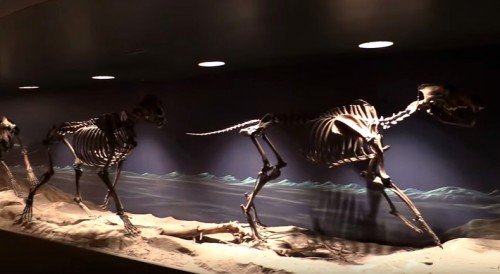
Then you notice the other animals, all of which were somehow lured to the mysterious lake and died, trapped by the sticky tar.
Is this real? Can such a freakish phenomenon exist in the middle of Los Angeles?
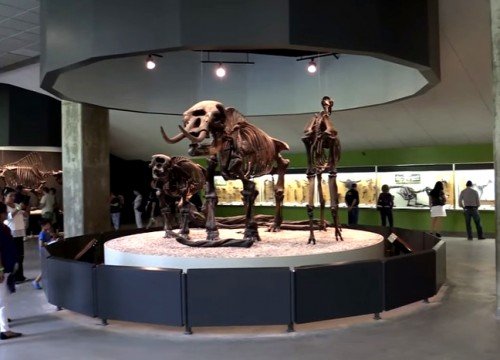
Yes. And it still exists today, though it is no longer the death trap it once was.
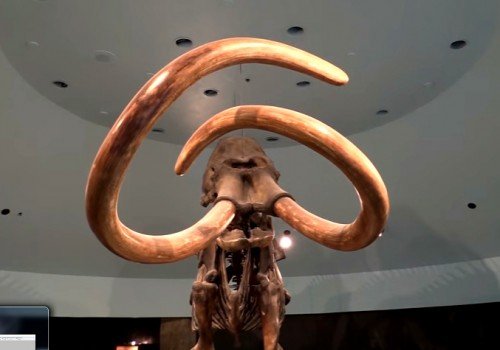
Welcome to the La Brea Tar Pits.
Proceed, not with caution, but with an open mind, a fertile imagination, and a sense of great adventure.
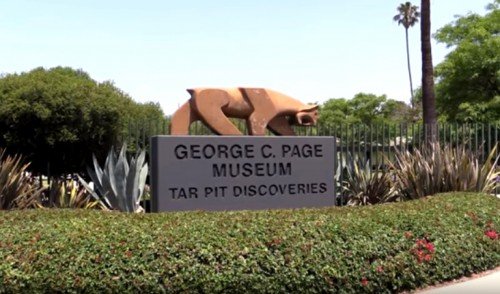
The La Brea Tar Pits is a treasure trove of prehistoric relics dating back to the Pleistocene epoch 11,000 to 40,000 years ago. From fascinating creatures like the American Mastodon which are distant relatives of the ancestors of elephants, to powerful saber-toothed cats, ground sloths, dire wolves, ancient bison, and so much more, this is a place to get a glimpse of Los Angeles and the wildlife which roamed it a very long time ago.
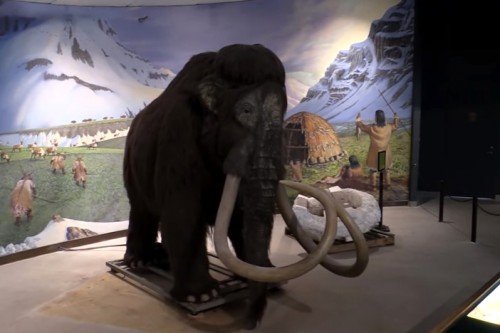
The wonderful thing about this museum is that it is small enough to easily navigate, yet varied enough to keep young and old alike riveted. I have visited here countless times over the years, and it never fails to enthrall me. Every couple years or so, I need a fresh “fix.” Museums in general enchant me, and this one is especially captivating because of its natural history.
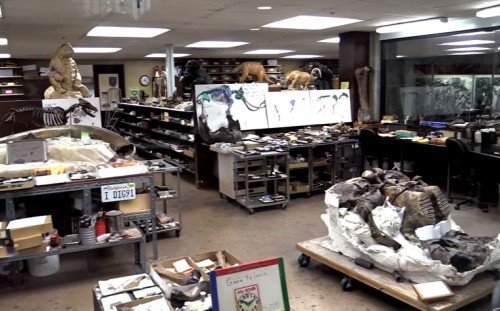
The museum consists of a fossil lab, 3D theater, atrium, and wonderful exhibits with countless fossils including saber-toothed cats, ground sloths, the Columbian mammoth, horses, dire wolves, condors and so much more. There are several excavation sites, or pits, where many ancient mammoths, camels, bison, horses and other animal fossils were discovered. This museum boasts the world’s richest collection of Ice Age land animals. But the lake pit by its entrance is perhaps one of the most fascinating attractions. It still bubbles with seeping asphalt as it did a long time ago. And while the life-size statues of American mastodon stuck inside the lake are made of fiberglass, you can almost imagine them being real: trapped in a deathbed of sticky tar, their desperate cries drawing predators from afar, life fading fast with the morning star…
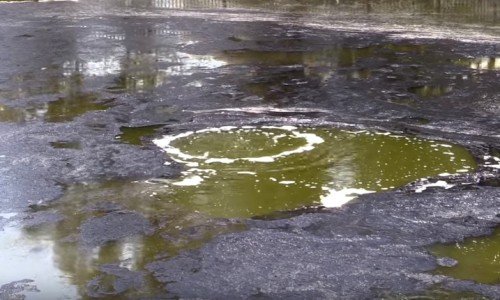
Yes, it certainly can be imagined, especially knowing that such things really did happen here, right in the middle of prehistoric Los Angeles.
Indeed… Life really is stranger than fiction…
AUTHOR: Jocelyn Murray
Jocelyn Murray is a travel writer and historical fiction novelist. She has a special interest in history and archaeology which feeds her passion for writing. She holds two university master's degrees in both English and Education, along with a bachelor's degree in Economics and European Studies. She also has a teaching credential and taught at the elementary school level.
Hi! I am a robot. I just upvoted you! I found similar content that readers might be interested in:
http://www.totsandtravel.com/2017/06/16529/los-angeles-spotlight-la-brea-tar-pits-museum/